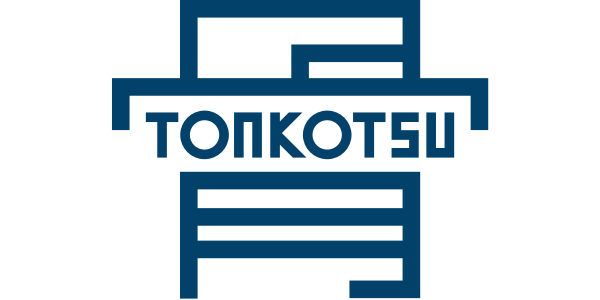.svg)
The Shift - January 18th, 2024

Hello and welcome to The Shift, Blink’s bi-monthly newsletter for frontline leaders. Coming up in this edition:
- Closing the gap: how to improve workplace tech for frontline workers
- Taking processes paperless: making digital the default for quality control
- Metrics you need to track when measuring employee engagement ROI
Want frontline insights directly to your inbox? Sign up for The Shift newsletter here.
Workplace tech for the 70%

Frontline workers account for 70% of the US workforce. But these employees are being left behind when it comes to workplace innovation.
Technology tailored to the needs of desk-less workers receives just 1% of venture capital investment. The cause?
Here’s what a recent Forbes article had to say:
Capital follows what it knows, and we all love to build solutions to problems that we've personally experienced.
We need greater interest and investment in frontline tech tools. But the Forbes article also argues for a fresh approach internally.
Transitioning to modern, frontline technology is about more than just tools. And organizations need to consider the following.
Preparation and training
Companies need to understand workers’ needs. That way, they adopt tech solutions that solve their problems. They also need to provide training. And put support like user guides, help desks, and peer mentorship programs in place.
Overcoming challenges
Implementing new tech isn’t always easy. To smooth the path, organizations can work to improve workforce tech literacy. They can also combat resistance by highlighting the benefits of tech for frontline workers.
Beyond technology
You need to maintain momentum. That means recognizing employees who embrace new tech. It also means encouraging a culture of innovation and continuous improvement. Employee feedback helps you identify areas for tech improvement. And ongoing training keeps everyone up-to-speed.
As a mobile-first employee app, Blink is tailored perfectly to the needs of frontline workers. And it ticks every box in Forbes’ frontline tech playbook.
You can use Blink to promote training and onboarding. You can use it to craft a strong company culture and clear messaging. Thanks to newsfeed and survey functions, Blink also helps you to empower, recognize, and collaborate with frontline employees.
Embrace paperless quality processes in 2024

There’s never been a better time for manufacturers to replace paper-based quality processes. According to Quality Magazine:
Manufacturers looking at replacing paper-based quality processes are being presented with a much broader and more effective set of technologies than ever before.
As we can see from the figures, many manufacturers are already on board with electronic quality management systems (eQMS). Spending on eQMS is around the $10 billion mark. And spending is predicted to grow at over 10% annually.
Tech tools are helping manufacturers to improve quality processes by:
- shortening onboarding time and upskilling workers with microlearning
- improving accuracy and consistency with inspections thanks to visualization technologies
- boosting co-worker support so it’s easy to get real-time expert assistance
- using AI to predict quality issues and required work guidance
Digital collaboration – where frontline employees use tech to get support from co-workers – can reduce scrap by up to 25%. Microlearning increases employee productivity by 20% and employee satisfaction by 23%.
Replacing paper checklists and guides with digital solutions can transform your business – and employee engagement too.
Measuring the ROI of employee engagement

Last on our list for today are insights from the Boss Magazine, all about the ROI of employee engagement.
Let’s start with a quick recap.
Employee engagement is how committed and emotionally connected employees feel toward your organization. When employees are engaged they have a sense of purpose, they’re aligned with company goals, and are enthusiastic about their work.
This all sounds great. But you need cold hard stats if you’re to justify employee engagement investment. You need to measure the business impact of your employee engagement efforts.
Start by benchmarking and tracking the following metrics:
- Absenteeism
- Staff healthcare costs
- Job satisfaction
- Customer satisfaction
- Staff turnover
- Employee output
- Business revenue
- Innovation success
Boss Magazine also highlights the role of tech tools:
Organizations can create a more inclusive and meaningful work environment by leveraging technology to tailor engagement initiatives to individual needs.
Tech can help you create a more positive workplace culture. You have the tools you need to make employees feel heard, valued, and connected to their workplace. These are the building blocks of engagement.
But tech tools can also help you measure the impact of these improvements. They provide survey functions and analytics. So you get a real-time view of employee engagement and its ROI.
With tech on your side, improving employee engagement – and measuring its impact – is made easy.
Want to learn more about employee engagement metrics? Read 7 Employee Engagement KPIs for Frontline Managers.
Trusted by 300+ frontline organizations










